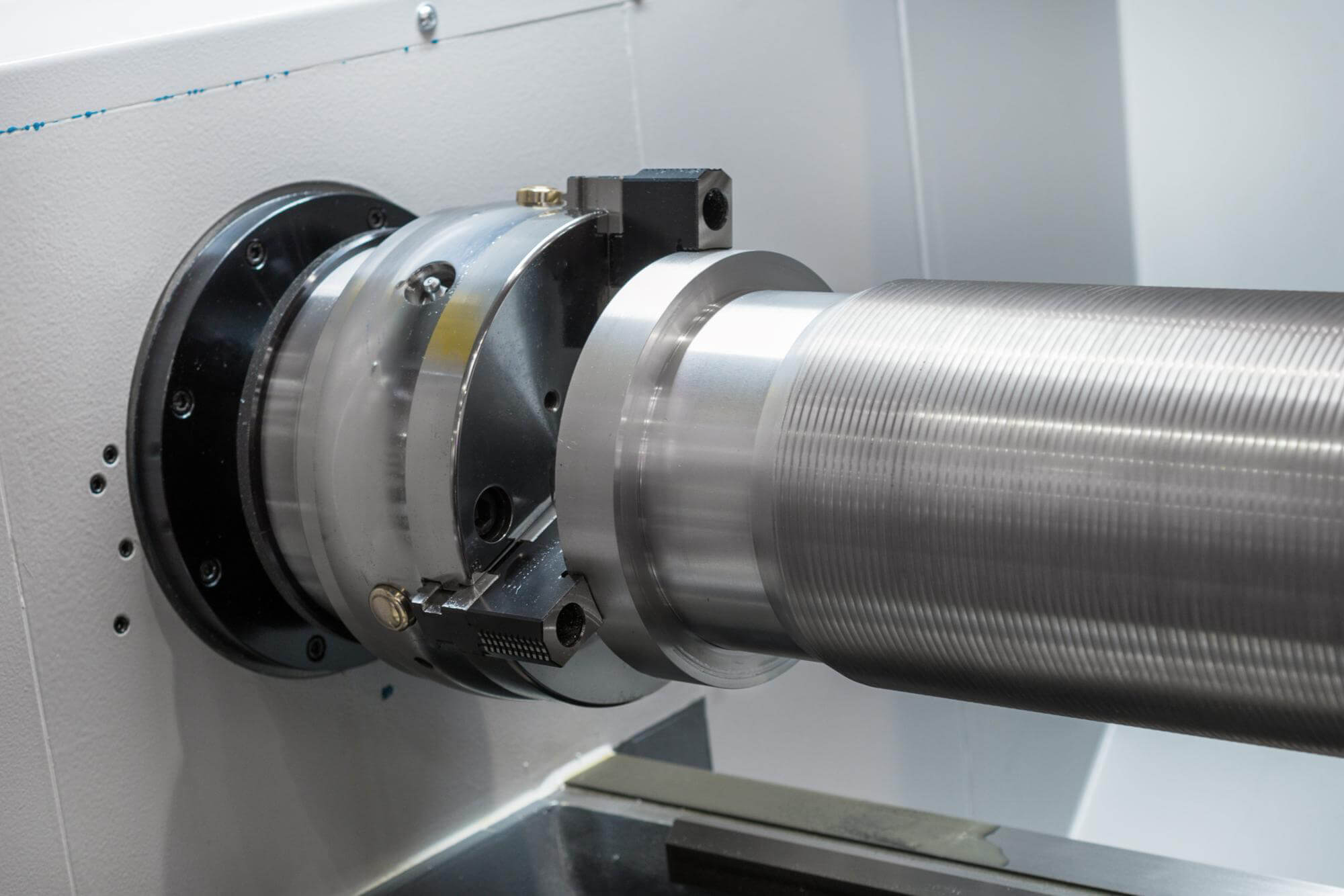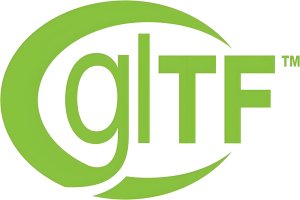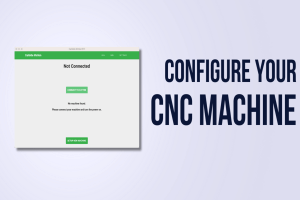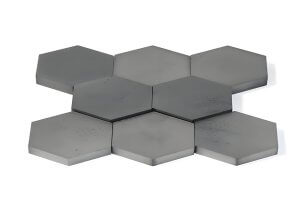CNC machining has revolutionized the manufacturing industry by providing precise control over machine tools through programmed commands. A critical aspect of CNC programming is the use of M codes, which control various machine functions such as spindle rotation, coolant flow, and tool changes. This article will explore the application and optimization of M codes in CNC machining, focusing on how to effectively manage machine functions to achieve optimal performance.
To effectively use M codes, it is essential to understand how they interact with other commands in a program block and the timing of their execution. Here are some practical applications and strategies for using M codes in CNC machining.
Coolant Functions
Coolant is crucial in metal cutting operations to cool the cutting tool and workpiece, remove chips, and lubricate the cutting process. The following M codes control coolant functions:
- M07: Mist coolant on
- M08: Flood coolant on
- M09: Coolant off
Example:
N110 M07 (Mist coolant on)
N340 M08 (Flood coolant on)
N500 M09 (Coolant off)
N230 G00 X11.5 Y10.0 M08 (Move and start coolant)
N400 G00 Z1.0 M09 (Move and stop coolant)Coolant functions can be written in separate program blocks or combined with movement commands. The timing of these commands is crucial to ensure they activate at the correct moment.
Spindle Functions
Spindle control is another critical aspect of CNC machining. The spindle can rotate in clockwise (CW) or counter-clockwise (CCW) directions. Here are the key M codes for spindle control:
- M03: Spindle on (CW)
- M04: Spindle on (CCW)
- M05: Spindle stop
- M19: Spindle orientation
Example:
N10 M03 S1500 (Spindle on CW at 1500 RPM)
N20 G01 X50 (Linear move)
N30 M05 (Spindle stop)
N40 M04 S1200 (Spindle on CCW at 1200 RPM)
N50 G01 X100 (Linear move)
N60 M19 (Spindle orientation)These functions ensure the spindle operates correctly for various machining operations, such as drilling, milling, or tapping.
Tool Change and Automatic Pallet Change
Automatic tool change (ATC) and pallet change (APC) functions enhance the efficiency of CNC machining by reducing downtime. The following M codes are used:
- M06: Tool change
- M60: Automatic pallet change
Example:
N20 T01 M06 (Select and change to tool 1)
N70 T02 M06 (Select and change to tool 2)
N100 M60 (Automatic pallet change)Using these codes optimally ensures smooth transitions between different tools and workpieces, increasing productivity.
Practical Insights into Using M Codes
- Combining M Codes with Movement Commands:
Combining M codes with G codes in the same block can enhance efficiency. For instance, turning on the coolant while moving the tool to a position:
N56 G00 X252.95 Y116.47 M08- Activation Timing:
The timing of M code activation is crucial. M codes are generally activated either at the beginning or end of a program block. For example, coolant commands (M07, M08, M09) are activated at the start, while program stop commands (M00, M01) are executed after the completion of the movement in the block:
N319 G01 Z-6.25 F200.0 M00- Duration of M Code Effects:
Some M codes remain active until canceled or replaced by another M code, while others are only active within the block in which they appear. For instance, M00 (program stop) is only effective within its block, whereas M08 (coolant on) remains active until explicitly turned off by M09:
N40 M08 (Coolant on)
N100 M09 (Coolant off)Optimizing M Code Usage
Here are some strategies to optimize the use of M codes in CNC machining:
- Efficient Tool Changes:
Using M06 effectively to minimize downtime. Organizing tool changes logically reduces unnecessary movements and enhances cycle time.
N20 T01 M06 (Select tool 1, change tool)
N70 T02 M06 (Select tool 2, change tool)- Smart Coolant Management:
Activating and deactivating coolant at appropriate times to extend tool life and improve machining quality.
N40 M08 (Coolant on)
N100 M09 (Coolant off)- Optimal Program Stops:
Using M00 and M01 judiciously to manage workflow without unnecessary interruptions.
N50 M00 (Program stop for inspection)
N80 M01 (Optional stop)- Utilizing Subprograms:
M98 and M99 for modular programming to reduce code redundancy and simplify complex programs.
O2000 (Drilling Subprogram)
N10 G81 R1 Z-10 F200 (Drill cycle)
N20 X10 Y10 (Drill hole 1)
N30 X20 Y20 (Drill hole 2)
N40 G80 (End drill cycle)
N50 M99 (Return to main program)In the main program:
N90 M98 P2000 (Call subprogram O2000)Mastering M codes in CNC machining is essential for achieving high efficiency and precision. By understanding the role and timing of these codes within program blocks, machinists can enhance their programming skills, reduce downtime, and improve the quality of machined parts.
Other Articles You Might Enjoy
- Application and Optimization Strategies of M Codes in CNC Machining Parts
CNC (Computer Numerical Control) machining is an essential part of modern manufacturing, bringing precision, efficiency, and consistency to the production process. Central to the operation of CNC machines are M…
- Detailed Explanation of Auxiliary Functions in CNC Machining Parts: Machine Operation and Program Control
CNC (Computer Numerical Control) machining is a cornerstone of modern manufacturing, enabling precise control over machining operations. A key component of CNC programming involves auxiliary functions, often referred to as…
- Precision Metalwork: Lightweight CNC Machining and Chrome Removal( cnc machine tools Norman)
CNC machining, a dominant force in the world of manufacturing, is intricately involved with creating complex parts out of lightweight metal, as well as removing chrome from metal components. This…
- Precision CNC Machining of Steel: High-Volume Production
Precision CNC Machining and High-Volume Production As an integral part of modern manufacturing processes, Precision Computer Numerical Control (CNC) machining brings about unmatched accuracy and consistency in the production of…
- Plastic vs. Metal CNC Machining: A Detailed Comparison?
CNC Machining: An Essential Process Across Industries Computer Numerical Control (CNC) machining is a digital manufacturing technology that makes use of pre-programmed computer software to dictate the movement of various…
- Revolutionizing CNC Machining for the Future of Smart Wearables
Introduction: CNC Machining and Smart Wearables CNC (Computer Numerical Control) machining is a manufacturing process that utilizes computerized controls to operate and manipulate machine tools, converting raw materials into finished…






